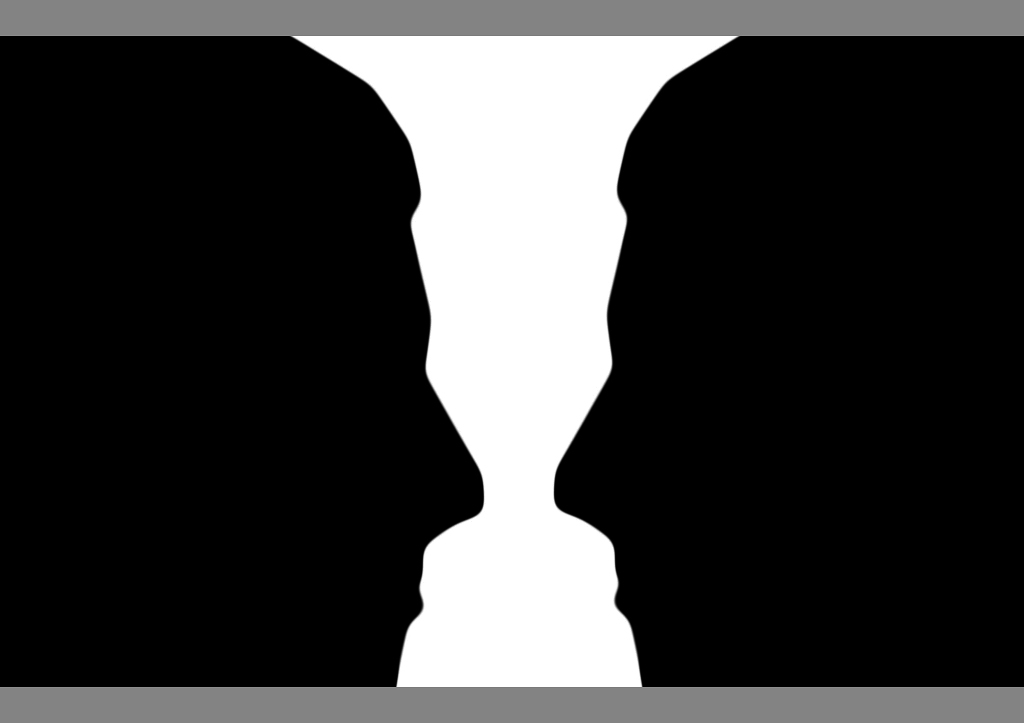
Driving a car is an interesting complex exercise. It is a complex exercise since the driver has to know the pedals, gears, and steering which is what he uses to control the machine on the basis of feedback he gets about road conditions, obstructions, and other visual information. He also has to keep in mind the laws of driving including speed limits etc. (click here to see how traffic rules evolved, youtube: 05:14). That’s a lot of information to process simultaneously. When a novice learns to drive, he has to keep track of all of this information consciously, and just thinking about it all may lead to a nervous breakdown. But soon driving becomes automatic and subconscious (in the sense that it does not require us to pay attention to it), leaving our conscious mind free to engage in conversation or to listen to the radio.
Daniel Kahneman calls this Thinking Fast and Thinking Slow (read more about it on Scientific American). I prefer to call it conscious and subconscious thinking, although the words often carry the baggage of Freudian Psychoanalysis with them. Once driving becomes a subconscious activity, it is interesting how we process multiple streams of information simultaneously. It would seem that while we can consciously learn how to drive, driving becomes safe and effortless only when we allow it to sink into the subconscious level.
Perhaps it would be interesting to launch an inquiry into the activities that we do subconsciously. Collectively we can call it The Subconscious Mind or merely The Subconscious. In perception, we focus our attention on the foreground while the background is still an important part of the perceptual whole. An important part of driving subconsciously requires listening to the hum of the car, its the sum total of noises made by the engine, vibration of the car and noise the tyres make on the road. A good driver instantly knows when the sound is not what he expects to hear. It will ring an alarm bell. He may know that something is wrong but not exactly what it is. To get that, he may have to bring back conscious processing to eliminate the possible causes one by one.
Hum of Life
There is a lot we can learn about life from driving, especially about listening to the Hum of Life. Everything we actually do or experience in life is a “figure” seen against a “ground“. But the ground is not something we are conscious of, and if the hum is not right, our experience of life is not the best, or worse it may come to a halt. The mistake we do is to try to fix problems by changing the figure (the things we do or thoughts we think), when the problem lies in the (back)ground.

The popular face-vase illusion 
Are things that we see in the clouds REAL?
Gestalt Psychologists like to talk about the figure-ground effect (Wikipedia). When images are created with the intention of befuddling the brain, they are easy to spot. But when we are lying on our backs watching the clouds go by, we cannot help but wonder how much of what we see is actually there and how much do we make up? The figure-ground effect is not limited to the image on the left, all perception is against a (back) ground.
Perception is a good example. How much of what we see is determined by our subconscious? Just how much of our problems come from the way we frame things? Despite trying everything you know, have you ever felt that nothing is working out? Perhaps its time to change the way you see the problem. This means changing the frame. Clearly, the subconscious is not just either there nor not there. There are layers to explore starting with the frame that immediately surrounds the thought or image.
If we correct the background hum of life, much of the foreground will fix itself.
The Talk Shop course on the SELF is a good place to start in understanding the Figure and Ground of life. Read more about it here.